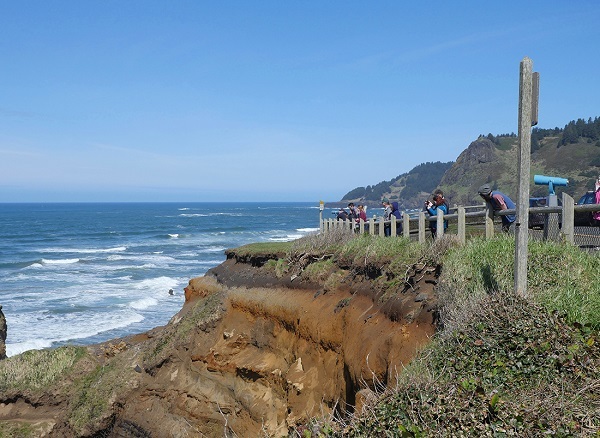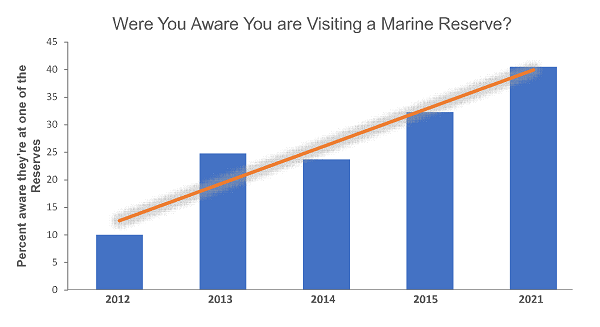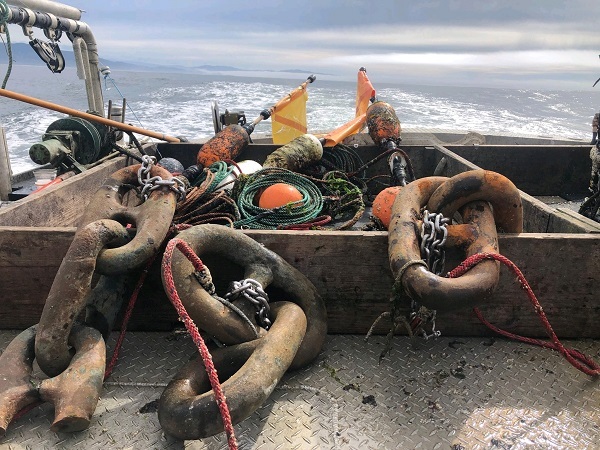How Oregon’s Marine Reserves Were Established
Did you know that the planning and designation of Oregon’s marine reserve system was over 10 years in the making? Or that marine reserve community team members, representing a diversity of stakeholder interests, collectively put in over 25,000 volunteer hours in their efforts to evaluate and develop recommendations that led to the designation of the Cape Perpetua, Cascade Head, and Cape Falcon marine reserve sites?
The process that led to Oregon’s five marine reserve sites involved multiple phases and coastal community members, ocean users, and other interested Oregonians working with state decision makers to design and site marine reserves and protected areas in locations that would provide ecological benefits while minimizing adverse social and economic impacts to ocean users and coastal communities.
We have recently developed a chronicle of Oregon’s marine reserve planning and designation process, from 2000-2012, that we’re happy to share for folks to see how Oregon arrived at the current five sites and the mandates that steered the planning, siting, and final designations. This chronicle will be included as a chapter in our ODFW Marine Reserves Program Synthesis Report that will be out early next year.


Preliminary Findings from Visitor Surveys in 2021
Working with Oregon Sea Grant Summer Scholars, the ODFW Marine Reserves Program recently completed a new survey of visitors that focused on marine reserve awareness, knowledge, and support, and how the reserves are related to visitors’ travel decisions. A total of 1,526 visitors completed the new survey, which was conducted this summer at shoreside locations along at Cape Perpetua, Otter Rock, Cascade Head and Cape Falcon marine reserve sites.
We have conducted visitor surveys since 2010, and our earlier series of studies provided us with baseline information on visitors’ knowledge and perceptions of the reserves just as the reserves were first implemented. Now, the new study will allow us to compare our 2021 visitors’ knowledge and perceptions of the reserves with those previous visitor surveys.
Awareness Has Been Gradually Increasing Over the Years
We’re still in the process of analyzing the new data and writing a report, but we have a few key takeaways from the new study. First, there was remarkable consistency in visitor characteristics from the baseline studies to the comparative study. Most visitors were from Oregon and adjoining states. Most were repeat visitors. While the visitors were supportive of the idea of marine reserves, few thought they were very knowledgeable about the reserves. And awareness that they are currently visiting one of Oregon’s marine reserve sites has gradually increased over the years.

 Photo: Oceanographic moorings on the back deck of the F/V Lady Lee out of Garibaldi.
Updates From the Field
 |
|
Oceanographic Monitoring: We successfully retrieved our oceanographic moorings at the Cape Falcon Marine Reserve and Cape Meares Comparison Area this month, with the help of the F/V Lady Lee out of Garibaldi. The sensors have been collecting data on temperature, salinity and oxygen. |
 |
|
Fall Season: Staff are presently submerged in data analysis and writing which will continue through the fall. This is part of the development of the ODFW Marine Reserves Program Synthesis Report, which will report on the program’s activities and monitoring over the last 10 years. The Synthesis Report will be released in early 2022. |
Explore More Marine Reserves News

|








